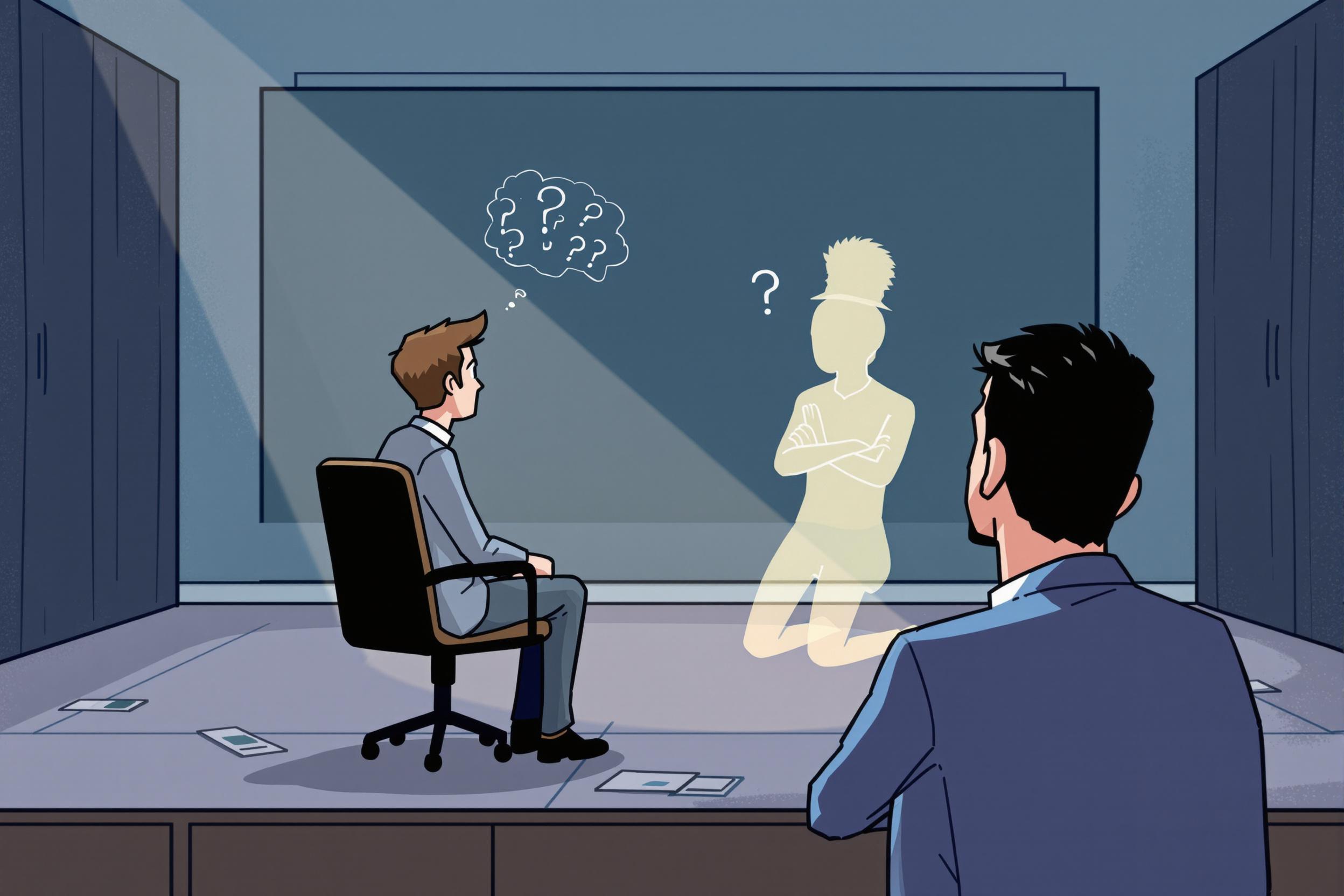
Core Shadow
Core Shadow is a fundamental art concept that refers to the darkest part of a shadow on an object, where light is most blocked. Artists and illustrators use this technique to make their drawings and illustrations look more three-dimensional and realistic. Think of how a ball looks in light - the core shadow is the dark band that appears on the side facing away from the light source. Understanding and being able to draw core shadows is considered a basic skill for professional artists, especially those working in realistic styles.
Examples in Resumes
Created detailed character illustrations demonstrating mastery of Core Shadow and light effects
Taught fundamentals of Core Shadow techniques in introductory art classes
Developed digital artwork emphasizing Core Shadow placement for enhanced realism
Typical job title: "Illustrators"
Also try searching for:
Where to Find Illustrators
Online Learning Communities
Professional Networks
Example Interview Questions
Senior Level Questions
Q: How do you approach teaching core shadow concepts to junior artists?
Expected Answer: A senior artist should explain their mentoring approach, teaching methods, and how they break down complex lighting concepts into simple, understandable steps for beginners.
Q: How do core shadows change across different materials and surfaces?
Expected Answer: Should demonstrate understanding of how different materials like metal, fabric, or skin affect shadow appearance and how to adapt techniques accordingly.
Mid Level Questions
Q: Can you explain how you use core shadows in your workflow?
Expected Answer: Should be able to describe their process for analyzing light sources and implementing shadows in their work, with examples from their portfolio.
Q: How do you handle core shadows in different lighting conditions?
Expected Answer: Should explain how they adjust shadow techniques for various lighting scenarios like natural light, artificial light, or multiple light sources.
Junior Level Questions
Q: What is a core shadow and why is it important?
Expected Answer: Should be able to explain the basic concept of core shadow as the darkest part of an object's shadow and its role in creating depth and form.
Q: How do you identify where to place core shadows in your drawings?
Expected Answer: Should demonstrate understanding of basic light direction and how to determine where shadows fall on simple shapes.
Experience Level Indicators
Junior (0-2 years)
- Basic understanding of light and shadow
- Can apply core shadows to simple shapes
- Knowledge of basic shading techniques
- Understanding of value scales
Mid (2-5 years)
- Advanced shadow rendering techniques
- Consistent light source management
- Material-specific shadow effects
- Digital and traditional shadow application
Senior (5+ years)
- Master-level shadow rendering
- Complex lighting scenario expertise
- Teaching and mentoring ability
- Style-specific shadow techniques
Red Flags to Watch For
- Unable to demonstrate basic understanding of light and shadow
- Inconsistent shadow placement in portfolio work
- No knowledge of different shading techniques
- Poor understanding of how light affects form
Related Terms
Need more hiring wisdom? Check these out...

Global Compliance Checks: The Hidden Puzzle Pieces of Background Screening Revealed

Ghosted Again? How to Stop Candidates from Disappearing and Start Engaging Them Better

Lost in Translation? How a Hybrid Mentorship Database Bridges Cross-Regional Talent

